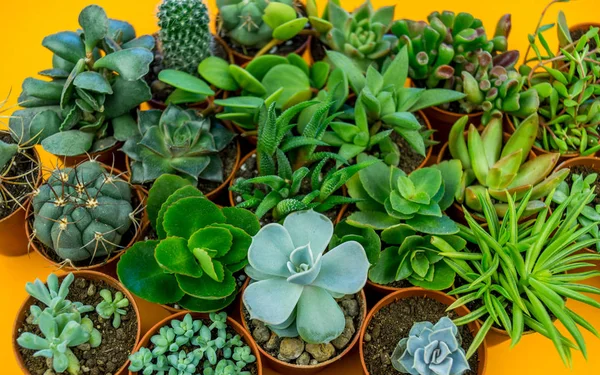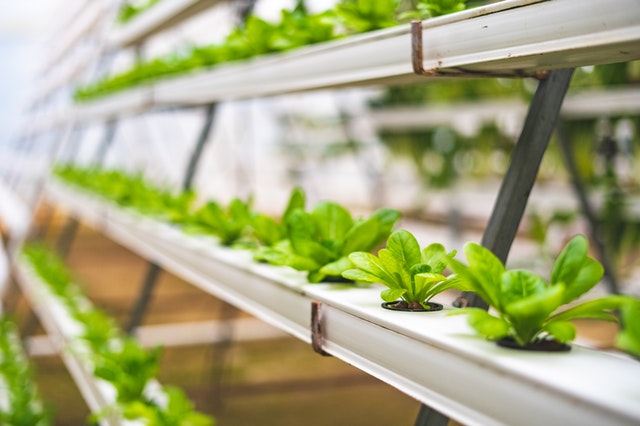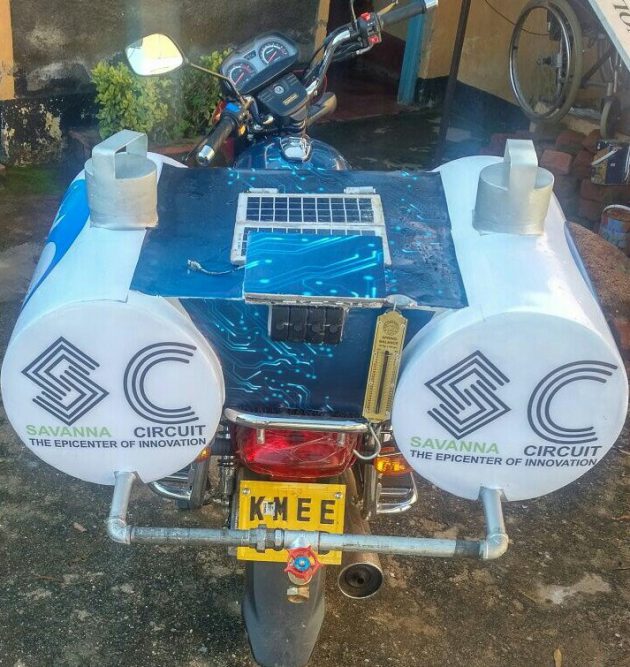Are you searching for the perfect plants to liven up your home or office? This post will make a case for considering 15 succulent plants such as aloe vera.
Succulent are resilient, water-storing wonders are the ideal choice for Kenyan interiors, thriving in a variety of conditions and adding a touch of natural beauty to any space
Expand
Why Succulents Are Your Perfect Indoor Plants
Succulents have become increasingly popular in recent years, and it’s easy to see why.
- Diverse and Eye-Catching: Succulents come in a dazzling array of shapes, sizes, and colors, making them versatile for any decor. Examples like the vibrant rosettes of Echeveria and the trailing tendrils of Burro’s Tail can transform any room with their unique aesthetic.
- Low Maintenance: Succulents are known for their resilience and low-maintenance nature. They can withstand periods of neglect and thrive in various lighting conditions, from bright indirect light to low light environments.
- Ideal for Busy Lifestyles: For busy Kenyan homeowners and office managers, succulents are an excellent choice. Their minimal care requirements make them perfect for those with limited time, offering beauty without the stress of constant upkeep.
Read Next:
The Best Succulents for Kenyan Homes and Offices
Succulents are ideal for Kenyan homes and offices due to their resilience, low maintenance needs, and stunning variety. Here’s a guide to a selection of the 15 best succulent varieties for Kenyan homes and offices:
Echeveria
Echeveria is a popular choice for its rosette-forming leaves that come in an array of captivating colors like green, blue, purple, and pink. These succulents thrive in bright, indirect light and need infrequent watering, making them perfect for busy Kenyan households and offices.
Jade Plant (Crassula Ovata)
Jade Plants are known for their woody stems and rounded, coin-shaped leaves. They can grow into small, tree-like plants and tolerate partial shade. These plants require minimal water, which suits the sometimes erratic water supply in urban Kenyan settings.
Aloe Vera
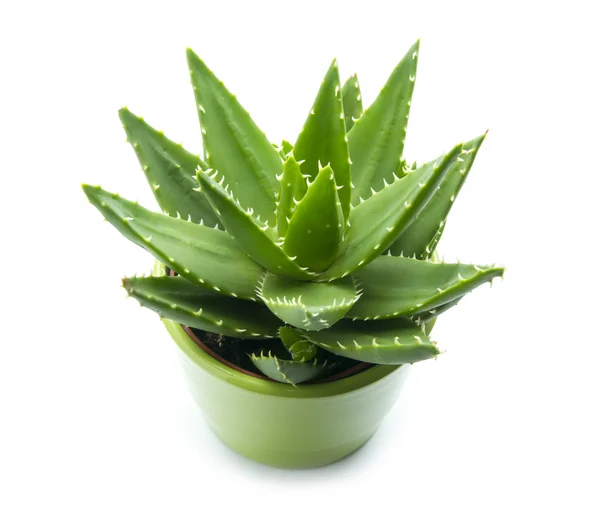
Aloe Vera is not only a beautiful succulent but also renowned for its medicinal properties. It produces tall flower stalks with vibrant blooms and prefers bright, direct light and well-draining soil. Aloe Vera is perfect for Kenyan homes due to its health benefits and easy care.
Haworthia
Haworthia succulents are small but pack a punch with their unique, textured leaves. They come in various shapes and colors, thriving in bright, indirect light and needing little water. Their compact size makes them ideal for indoor spaces like apartments and offices.
Zebra Plant (Haworthiopsis)
Zebra Plants are distinctive with their white-striped leaves and compact, rosette-forming growth. They require bright, indirect light and infrequent watering, making them excellent for Kenyan interiors where space and light conditions might vary.
Burro’s Tail (Sedum morganianum)
Burro’s Tail features trailing, teardrop-shaped leaves that are perfect for hanging baskets and shelves. They need bright, indirect light and moderate watering. This succulent is great for adding a touch of greenery to verandas and balconies in Kenyan homes.
Panda Plant (Kalanchoe tomentos)
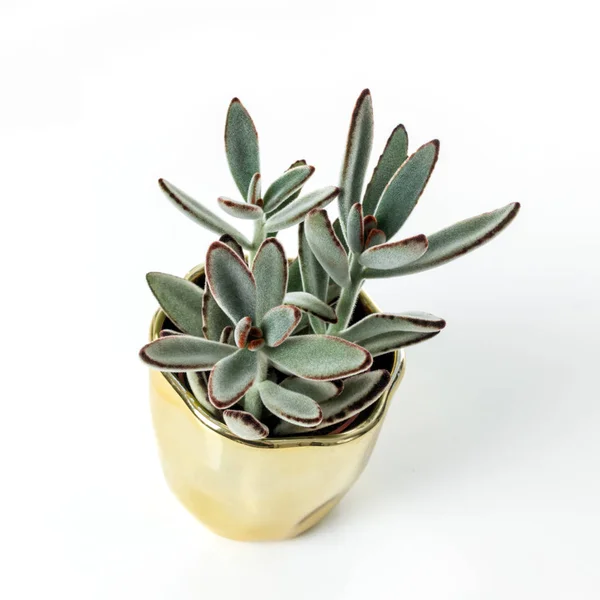
With its fuzzy, silver-green leaves tipped in brown, the Panda Plant is a charming addition to any space. It produces small, bell-shaped flowers and prefers bright, indirect light and well-draining soil. Its unique appearance and low maintenance make it a popular choice.
String of Pearls (Senecio rowleyanus)
This trailing succulent is known for its small, spherical leaves that create a cascading “string of pearls” effect. It thrives in bright, indirect light and requires moderate watering. Perfect for hanging planters, it adds a whimsical touch to Kenyan homes.
Lithops (Living Stones)
Lithops are unique, rock-like succulents that resemble pebbles and come in various colors and patterns. They require bright, direct light and infrequent watering. Their unusual appearance makes them a conversation starter in any Kenyan living space.
Aeonium
Aeoniums are rosette-forming succulents with large, flat leaves in shades of green, purple, and red. They prefer bright, indirect light and well-draining soil. Their striking colors make them stand out in Kenyan gardens and indoor plant collections.
Gasteraloe
A hybrid between Gasteria and Aloe, Gasteraloe succulents have long, fleshy leaves in shades of green and pink. They tolerate partial shade and need moderate watering, making them adaptable to various Kenyan climates.
Sansevieria (Snake Plant)
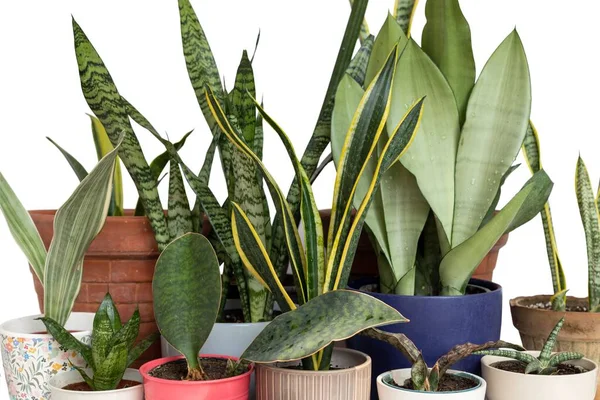
Sansevierias, or Snake Plants, have upright, sword-shaped leaves and are highly adaptable to different lighting conditions. They require infrequent watering and well-draining soil, making them ideal for both urban and rural Kenyan settings.
Pachyphytum
Pachyphytum succulents are compact with plump, blue-green leaves and produce clusters of small, star-shaped flowers. They prefer bright, indirect light and well-draining soil, adding a delicate touch to any Kenyan home or office.
Graptosedum
A hybrid succulent with rosette-forming leaves in colors like green, purple, and pink, Graptosedum thrives in bright, indirect light and needs moderate watering. Its vibrant hues make it a standout addition to any space.
How to care for your Succulent plants
Succulents may be low-maintenance, but they still require some attention to thrive. Here are a four (4) tips to ensure your succulents stay healthy and happy:
- Lighting: Succulents generally prefer bright, indirect light. While some varieties can tolerate partial shade, most will do best in a spot that receives at least 4-6 hours of sunlight per day. Avoid placing them in direct, harsh sunlight, as this can scorch their delicate leaves.
- Watering: Overwatering is the most common killer of succulents. These plants are adapted to store water in their fleshy leaves and stems, so they only need to be watered when the soil is completely dry. During the rainy season, you may need to water them less frequently, while in the dry season, they may require more attention.
- Soil: Succulents thrive in well-draining, sandy soil that allows excess moisture to quickly evaporate. Avoid using regular potting soil, as it can become waterlogged and lead to root rot. Instead, opt for a cactus or succulent-specific soil mix, or create your own by blending regular potting soil with sand or perlite.
- Repotting: Succulents don’t need to be repotted frequently, but you should keep an eye on their roots and repot them every 2-3 years, or when they become rootbound. Choose a pot that is only slightly larger than the current one, as succulents prefer to be slightly crowded.
- Fertilizing: Succulents are light feeders, so they only need to be fertilized a few times a year. Use a balanced, water-soluble fertilizer diluted to half strength, and apply it during the growing season (spring and summer).
By following these simple care guidelines, you can ensure your succulents thrive in Kenyan homes and offices, adding a touch of natural beauty and low-maintenance charm to any space.
Conclusion
Succulents are perfect for Kenyan homes and offices due to their low maintenance needs and ability to thrive in a variety of lighting conditions. Whether you’re looking for something vibrant like Echeveria or unique like Lithops, there’s a succulent for every taste and space. Incorporate these beautiful plants into your decor to enjoy their resilience and beauty year-round.
